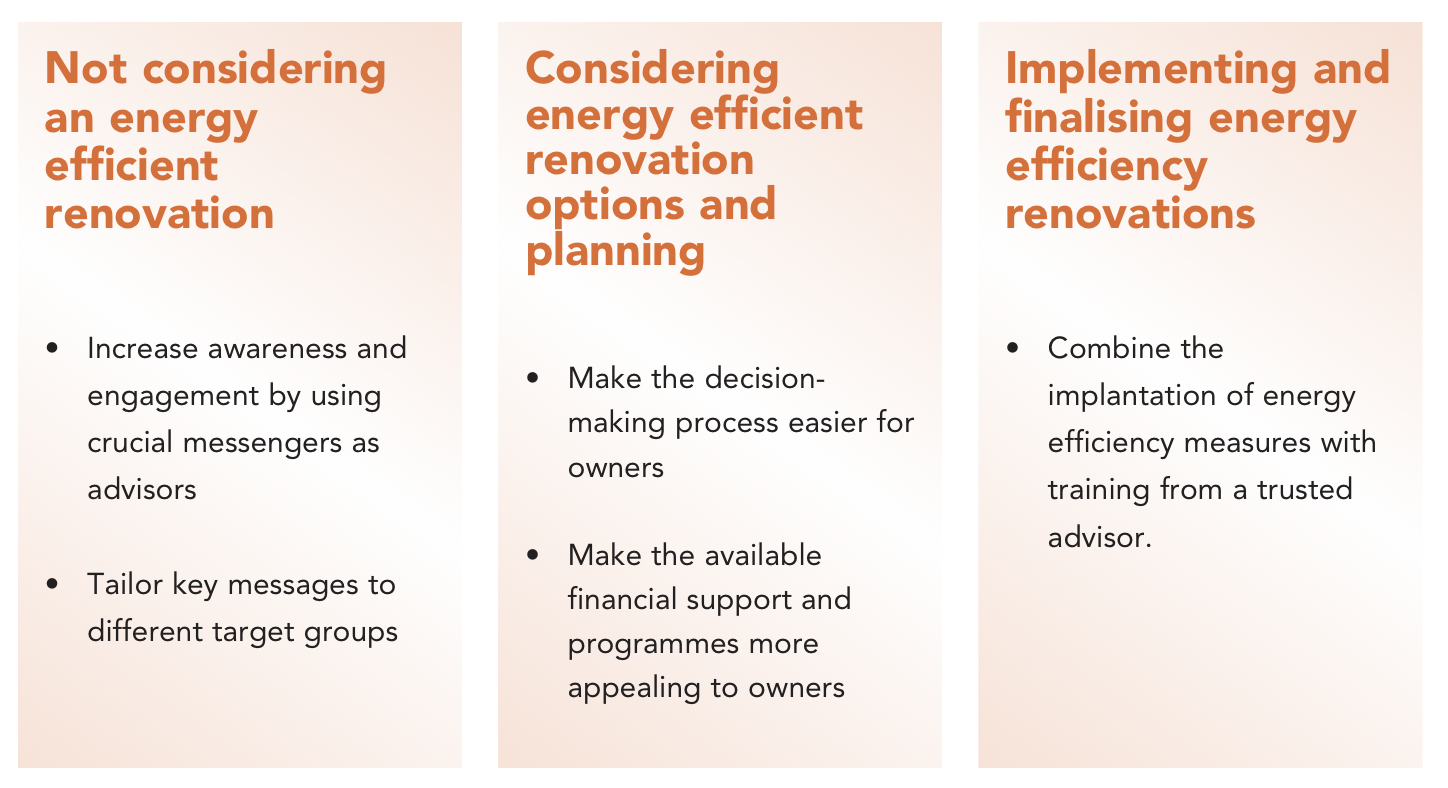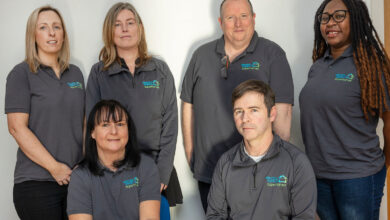Accelerating the energy efficiency renovation of residential buildings

Behavioural economist Evelina Gunnarsson discusses the application of behavioural insights to encourage energy efficient renovations.
“By combining a system approach with behavioural insight, we can tackle structural barriers, streamline processes and foster sustainable habits,” says Gunnarsson, who believes that understanding human behaviour is essential to influencing energy renovation decision-making.
Highlighting that driving sustainable change is more often than not underpinned by making the best choices the easiest ones, Gunnarson is quick to point out that even the best technical solutions can fail, if they do not align with how people actually think and behave.
Exploring this further, the behavioural economist is quick to point out that humans, despite the beliefs they hold, are not always rational decision-makers, with choices often influenced by external factors.
Showcasing the point, she asks: “How many people leave a light on in their home or their phone charger connected, even when they know it wastes energy? Similarly, how many people go shopping with a list of healthy items, only to find themselves adding some less healthy items when shopping?”
This, Gunnarsson explains, is an example of how human choices do not always align with intentions and underpins the challenge of accelerating energy efficiency: turning good intentions into consistent actions.
Classified as the “intention-action” gap, Gunnarsson says this gap is evident in homeowners who want more energy efficient homes, but fall short taking the actions required to make it happen, even when the long-term benefit is evident. The behavioural economist points to three defining factors which influence human decision-making:
- Status quo bias: Sticking with the current situation appears easier than change, even if that change has long-term benefits;
- Social norms: Seeing neighbours or peers adopt energy efficiency solutions can inspire action. Conversely, a lack of physical adoption can reinforce inaction;
- Information and choice overload: Too many options and too much information can lead to indecision or wrong decisions.
“Understanding human behaviour is essential,” she says. “A sustainable change is often about making the better choice, the easiest one.”

Gunnarsson points to research done in Germany which underpins this point. A study compared green energy uptake in households who had to opt in against households automatically opted in, but with an option to opt out. The results showed that the green energy adoption rate soared when green energy was the default.
“This is a powerful reminder that small adjustments in how choices are presented or framed can create great impacts,” she states.
Gunnarsson’s organisation Ramboll recently carried out a study for the European Environment Agency with the aim of understanding behavioural factors influencing energy efficiency renovation uptake in residential buildings across the EU.
The study identified important stakeholders influencing energy renovations in residential buildings such as homeowners, intermediaries, suppliers and others, but also prioritised some groups based on their influence over decisions and their roles in the renovation process. The study particularly focused on ownership, recognising that this is where ultimate decisions and costs lie, but categorised the various forms of homeownership to include landlords. It also focused on installers and contractors, who often directly influence energy consumption through the solutions they propose.
Outlining the most prominent practical factors affecting stakeholder’ decision-making identified in the study, Gunnarsson points to some key drivers:
Improved living conditions: Owners are privately motivated by the desire to enhance thermal comfort and indoor living conditions.
Social and environment engagement: Appearance improvement is not only a strong driver for those who love n their homes, but also for landlords who recognise that improvements increase tenant satisfaction and raises the property value.
Energy efficiency: Energy efficiency is often a primary goal or outcome of renovation.
Influence from trusted sources: Owners are more likely to act when the advice comes from a trusted source.
On some of the barriers identified, the behavioural economist says: “Unsurprisingly, one of the largest obstacles is the ‘hassle’ factor, the perceived effort and disruption caused by renovation, and this is not limited to the physical work, it includes price comparison, grant applications or even in some cases the thought of having to clear out the attic before work can begin. Bureaucratic barriers can often be a greater obstacle than the cost itself.
“However, perceived financial risk by owners is a barrier, particularly when there is a high upfront cost and this risk aversion plays a strong role.”
In relation to installers and contractors, Gunnarsson says that although not behavioural, a lack of skilled workers with adequate training means that contractors may feel less confident in recommending or implementing innovative or new energy efficiency solutions.
Decision-making
The report breaks the complex decision-making process for owners into three key categories: Understanding that there is a need to renovate; searching for an appropriate energy efficiency renovation measure; and carrying out the renovation.
“Based on these different phases, we recommended solutions based on the different stages of the decision-making process. Because, by tailoring the different solutions to different target groups, we can better support owners and overcome the different barriers, or use the drivers that we identify,” she explains, with findings set out in the table below.
Concluding, Gunnarsson says: “Understanding how human behaviour shapes decision-making is crucial for designing effective interventions, and behavioural science can help bridge the gap between attention and action, while enabling tailormade solutions for each stage for the renovation journey. Importantly, depending on the target group, one solution does not fit all.
“We must recognise the power trusted messengers and community engagement has on the decision-making process, and underpin this by simplifying the financial and administrative processes, to make those best actions the easiest ones to take.
“Finally, we must combine these behavioural insights with a system approach. Energy renovation does not exist in isolation, it is part of a broader system of policies, markets, communities and individuals. By combining a system approach with behavioural insight, we can tackle structure barriers, streamline processes and foster sustainable habits.”





